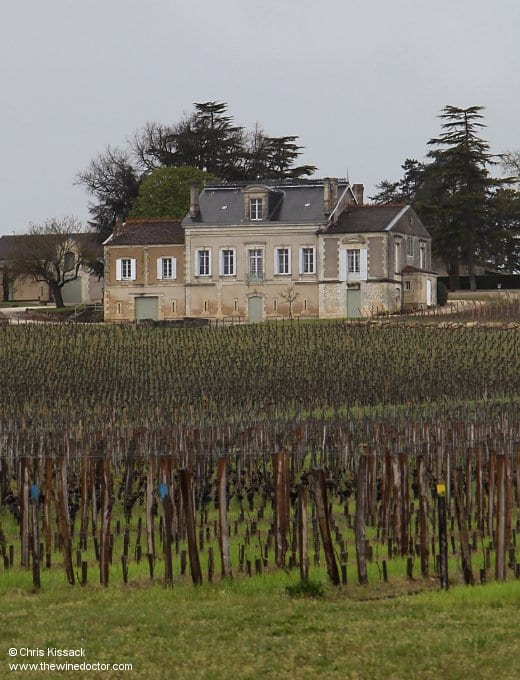Château Petit Faurie de Soutard
Although many visitors to St Emilion will naturally be fixated on the town, and the many famous châteaux that are clustered in and around it, exploring the surrounding landscape will also pay dividends. Whereas the Médoc has one famed Route des Châteaux, known to mere mortals as the D2, which snakes its way past Château Palmer, Château Pichon Baron, Château Lafite-Rothschild, Château Cos d’Estournel and several dozen other cru classé châteaux, here around St Emilion there are perhaps several candidate routes. The one that heads west past Château Angélus and Le Dôme out to Château Cheval Blanc and Château Figeac would be one. And the road that runs along the foot of the Côte de Pavie, past Château Pavie, Château Larcis Ducasse, Château Tertre-Roteboeuf and the imposing Château de Pressac.
Head northeast out of the town, however, and you will find yourself gazing upon the majestic facade of Château Soutard, and later on Château Fombrauge and Château Valandraud. Before you reach these latter two châteaux, indeed just past the expansive grounds of Château Soutard, there sits another small château, completed with cellars separated from the road by little more than a very low hedge, and an even lower wall.

